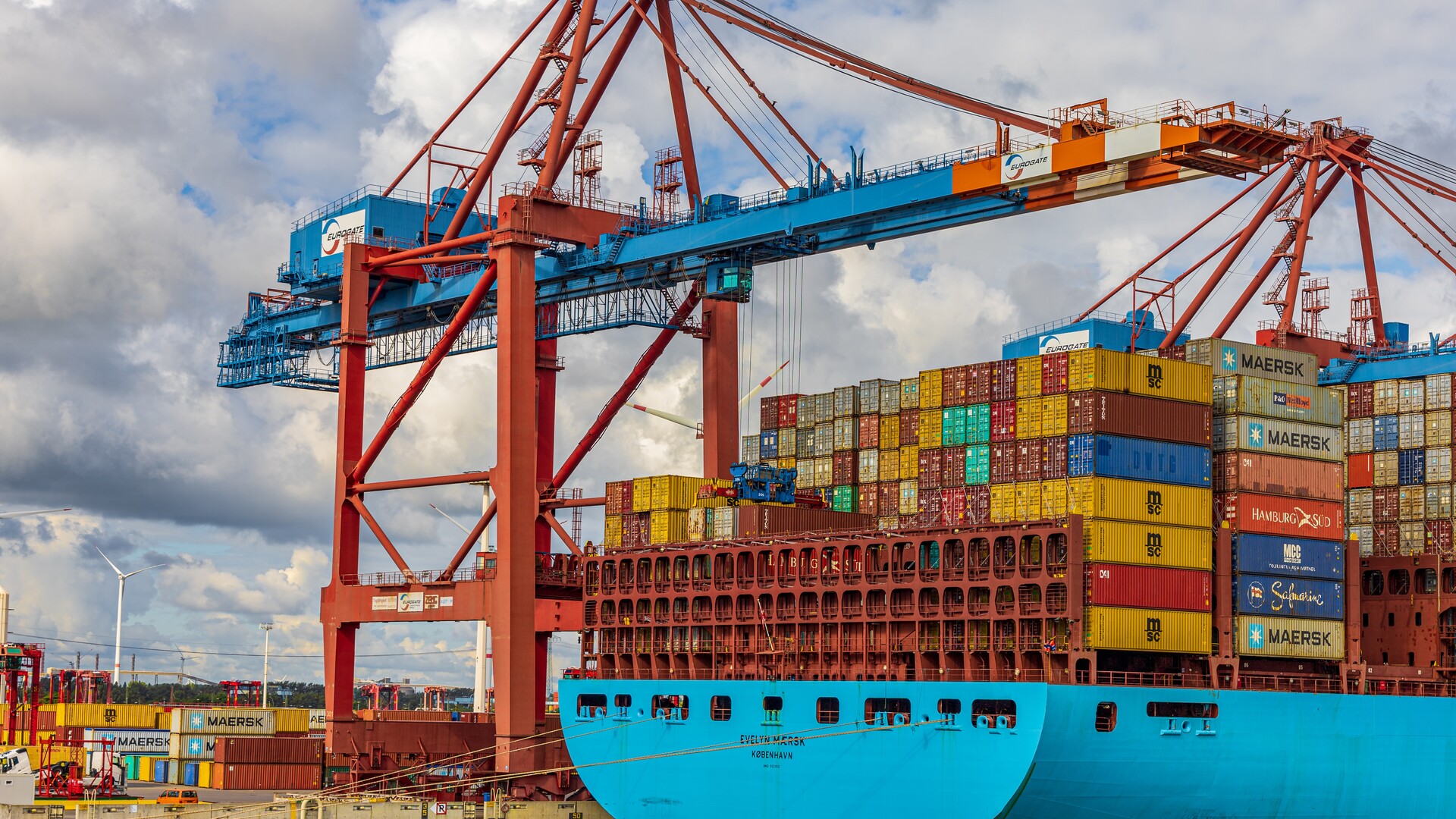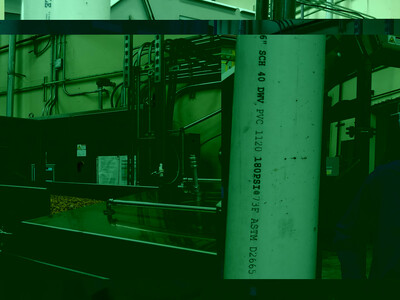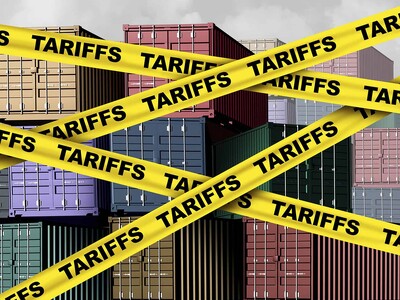The “Box Rule” Cornering Business Growth at U.S. Ports
U.S. port clogs have yet to be relieved, with exports suffering the most. Experts say the main culprit of stagnate shipping is a business arrangement called the Box Rule. Ray Bowman is an international trade consultant and Program Chair for the District Export Council of Southern California. He joins us to talk about the Box Rule at the nation’s ports.“Different steamship lines have different contracts with different chassis owners. So, you'll have a steamship line say okay, if you're going to tender one of our containers, you also have to have one of our chassis that go with it.”
If a trucker doesn’t have the right chassis to load cargo onto a steamship, they’re out of luck.
Truckers spend a lot of time at ports trying to match a chassis with cargo. Delays like that mean they miss a lot of unloading appointments, which causes further slowdowns at the nation’s ports.
“As a result, for those trucks, they're delivering to the port, close to 30 percent of all appointments are going up. What I mean by that is, if you have an appointment and you're not there on time, there's no recourse. You missed your appointment.”
“So, if you don't have the right chassis to go with the right container, again, you might be in the situation where you have the cargo, you have the booking, but you don’t have the chassis; they call that the box rule. There are a lot of conversations and a lot of pressure saying can't we have a solution to not have a box rule? Can we sort of have this gray rule that says okay, we don't care where that chassis comes from, you know, let's just bill whoever we need to bill to use the chassis and match it with the container?”

















